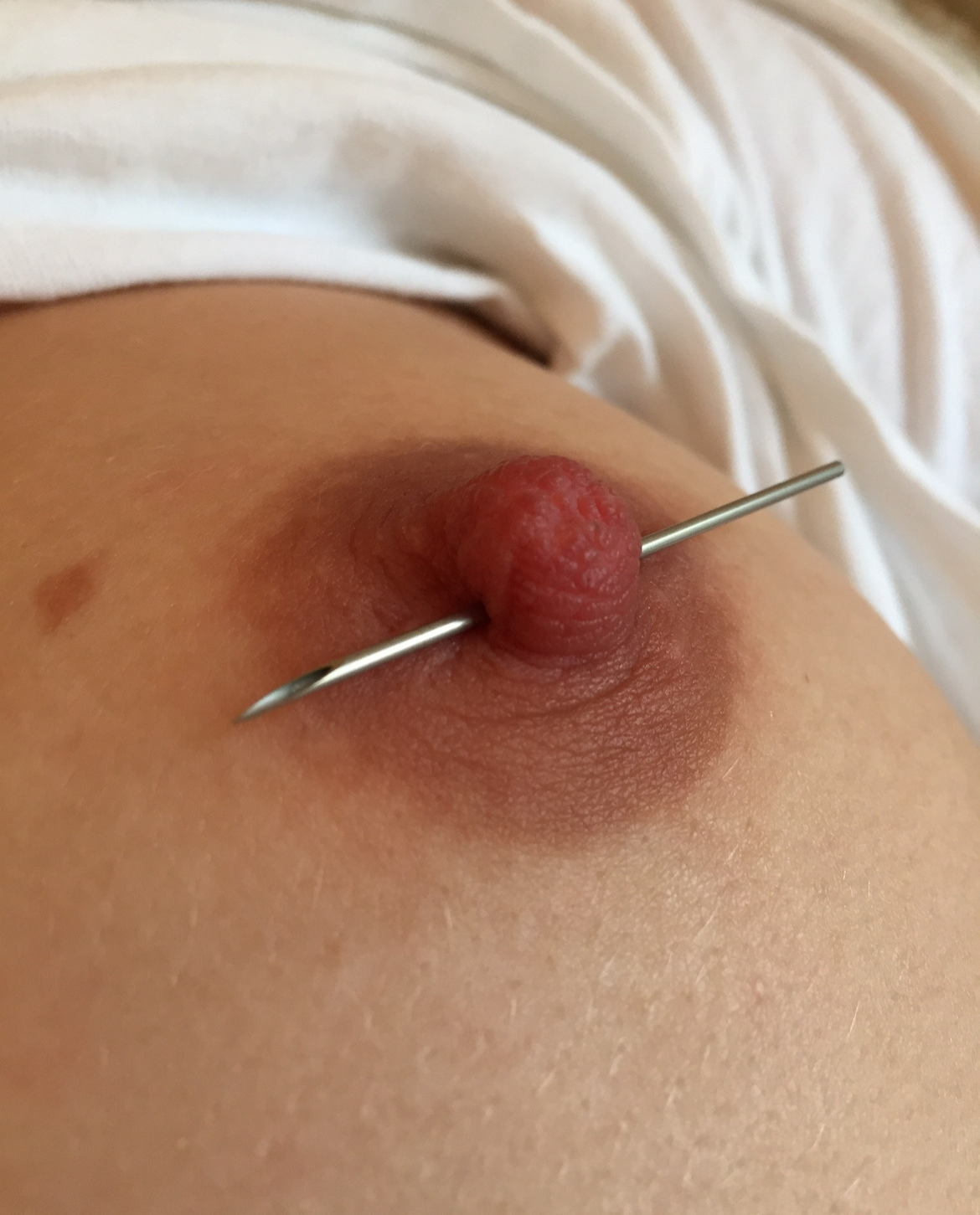What is the most painful piercing?
The Excruciating Elegance: Understanding the Most Painful Piercing Experience
Nipple by J. Colby Smith
Piercings have become a prominent form of self-expression, straddling the line between pain and beauty. While some enjoy the adrenaline rush, others seek to enhance their aesthetic or spiritual well-being. However, the question often arises: Which piercing ranks as the most painful of all? Today, we delve into the world of body modification to understand what makes certain piercings more painful than others and discuss which one might just top the pain charts.
The Pain Factor
Before we identify the most painful piercing, it's crucial to acknowledge that pain is subjective. Factors such as individual pain thresholds, the piercer's technique, and the body's physiological response play a significant role in the level of discomfort experienced.
In my experience it comes down to environment, experience and headspace. The more comfortable you are environmentally the easier the process becomes. Think; Is the music calming, does it smell good, does the studios esthetics match my vibe, do i feel like i belong, do i feel put at ease by my piercer? Not all piercers are equal, just like any other profession. Some are more gentle, efficient and experienced than others. Find someone who feels compassionate about your process. Headspace is all about you. Are you fully committed to the procedure? If your brain is half in half out, your body has no idea what to do (anxiety or shock). This creates a stressful situation for everyone involved. Im not talking about being nervous or scared, those or totally normal reactions. Get your brain and body on the same side of the fence and you can do anything.
And the Winner Is…
Daith Piercing by J. Colby Smith
While individual experiences may vary, the consensus among piercing aficionados points to the **daith piercing** as one of the most painful due to its complex location. Nestled within the ear's innermost cartilage fold, the daith requires precision and can be quite intense given the thick cartilage and the pressure required to puncture it.
Rook Piercing by J. Colby Smith
Hot on the heels of the daith piercing is the **rook piercing**. Situated in the ear's upper ridge, the rook also traverses thick cartilage, making the piercing process a potentially painful ordeal.
However, when discussing the most painful piercing of all, the **genital piercing** surges ahead. Given the high sensitivity and dense nerve endings, genital piercings often lead in the pain stakes. Specific to gender, the **ampallang**—a horizontal piercing through the glans of the male penis—is frequently cited as extremely painful.
Moreover, the **nipple piercing** is another contender for the most painful piercing title. Both men and women report this piercing as being particularly intense due to the abundance of nerve endings in the area.
Beyond the Initial Pain
It's worth noting that the initial pain of the piercing isn't the end of the story. Healing time and aftercare play a vital role in the overall experience. A piercing that is more painful initially might heal more smoothly than a less painful piercing that becomes problematic during the healing process.
Embracing Pain for Beauty
Despite the potential for pain, many still pursue these piercings for their beauty and the unique personality they bring to one's aesthetic. Moreover, pain is often considered an integral part of the piercing experience, with many embracing the momentary discomfort for the long-term reward.
Conclusion
While we might tentatively crown the daith, rook, and certain genital piercings as the most painful based on anatomical sensitivity, it's essential to remember that pain is a personal experience. For anyone contemplating a piercing, being prepared, choosing a reputable and experienced piercer, and adhering to diligent aftercare are your best strategies for minimizing pain and ensuring the best possible outcome for your new body art. As the saying goes, "Beauty is pain," but in the realm of piercings, beauty is also bravery, self-expression, and a touch of endorphin-fueled triumph.
Remember to consult with a professional about the risks and aftercare procedures before deciding on any piercing. After all, each piercing journey is as unique as the individual embarking on it!



